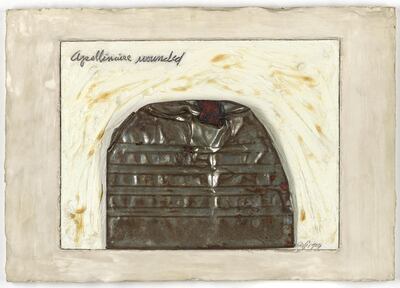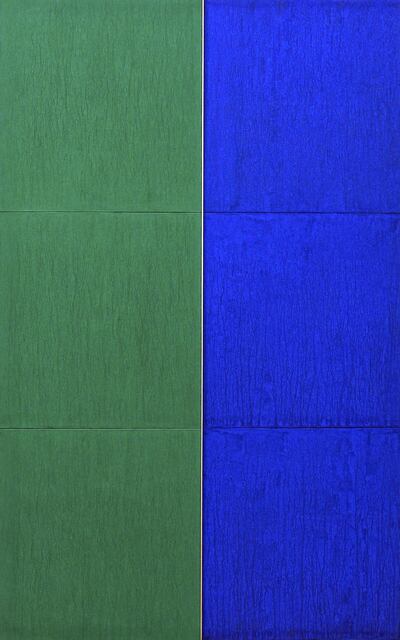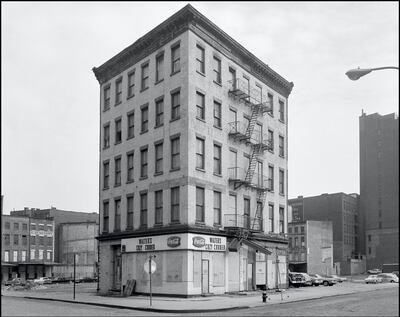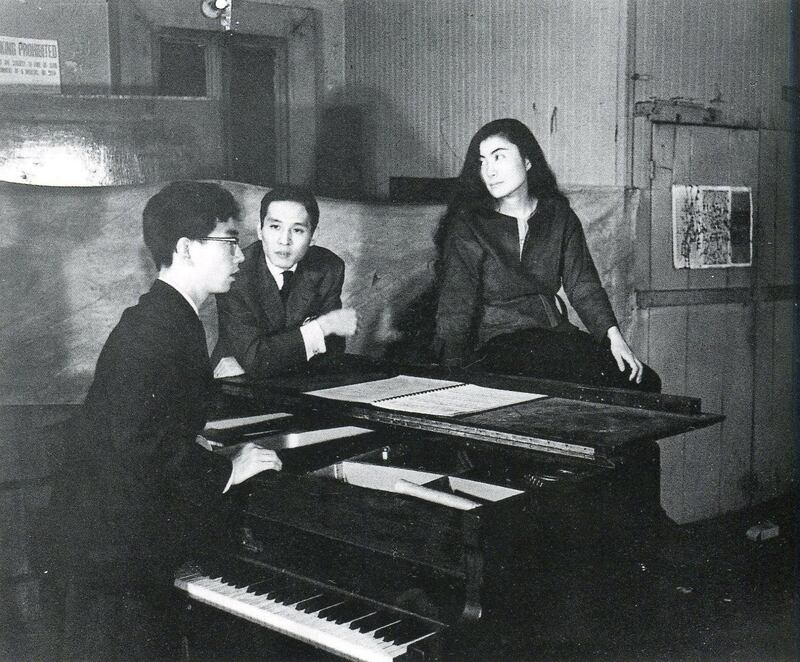Around the mid-point of the last century, three very different birds could be found in New York, each of which was the product of a singular and very modern vision, and each of which attested to the city's new-found status: it was not only most confident and affluent city in the United States but the world's most innovative metropolis, a place where the rules of the old world were discarded and new ways of thinking were applied.
The first bird, the jazz saxophonist and composer Charlie "Yardbird" Parker, had been performing in New York since 1939 to such acclaim that a decade later a new club, Birdland – the self-styled "Jazz corner of the world" – was named in his honour when it opened in 1949, in Midtown Manhattan.
Featuring regular performances from the likes of Parker, Ella Fitzgerald and Miles Davis, not only did Birdland help to establish New York's reputation as the epicentre of a distinctly African-American sense of modernity, but it also helped to define it in the public imagination as a place that was incomparably cool.
The second bird, a phoenix rising from the ashes of another world war, formed the centrepiece of an oil canvas mural painted by the Norwegian artist Per Krohg for the United Nations Security Council chamber at the new UN Headquarters that opened on October 14, 1952. Its location on the banks of the East River confirmed New York’s new-found political pre-eminence.

The third bird, now sun-bleached and weather-beaten, originally served as the sign for the Tanager Gallery, an exhibition space that existed for a decade in Manhattan's Downtown, but now hangs as an exhibit from the ceiling of the New York University Abu Dhabi (NYUAD) Art Gallery.
Inventing Downtown: Artist-Run Galleries in New York City, 1952-1965 focuses on 14 galleries and their associated spaces, cooperatives and communities that emerged from the warren of old shops, semi-derelict buildings and basements in the area below 14th Street.
The show investigates the emergence of the area that would become an antidote to Manhattan's commercially-focused Uptown art scene and not only that, but the crucible for a brave new way of thinking about art that helped pave the way for the city's regeneration and its emergence as a global cultural capital.
With more than 200 museum-grade works by more than 50 artists, Inventing Downtown revisits this overlooked episode in American art history; it also speaks directly to the contemporary moment here in the UAE, and to the various roles that the arts can play in city-building and urban development.
"The story that lives in this exhibition, about artists who find cheap places to make shows that then becomes a scene, and who then become famous, that is the New York fairy tale and the artists are the Cinderellas of the art world," NYUAD's Maya Allison suggests. "They go downtown to this place that's rough and cheap and then they come back as Claes Oldenburg or Dan Flavin.

"That is a fairy tale that feeds gentrification. Now we see the place where they were is one of the most expensive places to be. Everything has been converted and the art community has moved to another location that keeps moving further out," the NYUAD Art Gallery's director and chief curator explains. "That's happened in New York so much now that the artists have been pushed further out. Now they're in Berlin or Lisbon but I think this is one of the first times that we see that cycle."
Allison admits that the Downtown example is a very different model of arts-led regeneration from the one that can be seen on Saadiyat or at Dubai's Alserkal Avenue, where galleries and museums, rather than artists, have been the drivers for urban change. But, she insists, this does not mean that there are not lessons to be learned beyond the immediate art historical ones discussed in the exhibition.
"I think it's fascinating to think about the differences. I wanted to bring this exhibition here because I wanted to start a conversation about what it means to be a cultural centre, because it's almost as if we are skipping straight to the issue of creating an arts community," Allison tells me.
If Inventing Downtown examines how this was achieved in New York from the start of the 1950s, But We Cannot See Them: Tracing a UAE Art Community, 1988-2008, the last exhibition shown at the NYUAD Art Gallery, set out to investigate something similar by focusing on the group that assembled around the pioneering Emirati artist Hassan Sharif.

If the unplanned dialogue between these shows provides Inventing Downtown with an added topicality, the experience of seeing very early, and sometimes slightly awkward, works by artists such as Robert Rauschenberg, as well as powerful works by lesser-known artists such as the African-American abstract expressionist, Norman Lewis, makes visiting Inventing Downtown a pleasure as well as an education.
The exhibition not only includes one of Yayoi Kusama's early Infinity Net paintings, created by the Japanese artist in her New York studio and exhibited in a solo show at the Brata Gallery in October 1959, but also includes three works by Flavin that illustrate the profound changes and developments he experienced as a younger artist.
Dating from the end of 1959 or early 1960, Apollinaire wounded (to Ward Jackson) consists of a crushed can, oil, pencil on Masonite and plaster on pine; and, although it displays an early interest in light and colour – principally white – it appears to occupy a very different artistic universe from the kind of fluorescent light-based installations Flavin began to exhibit at Green Gallery just four years later.

One of these appears in Inventing Downtown in a photograph from November 1964 alongside the architectural pencil sketch of the gallery space that Flavin produced to plan his installation, setting up a contrast between graphite and fluorescent white light that only serves to emphasise the artist's powers of imagination and visualisation.
It's in these moments, in which works are exhibited in close proximity to original photographs from the time, that their daring modernity, and the intimate relationship between art and artist communities and urban fabric that helped to shape them are most clearly defined. Given the wealth of images that are contained in the book that accompanies the show, there could have been much more of this kind of contextualisation but, even as it is, the work provides a vital portrait of an old New York neighbourhood and a community that was inspiring – and thriving – despite the deprivations of the time.
Inventing Downtown: Artist-Run Galleries in New York City, 1952-65 runs at the Art Gallery at New York University Abu Dhabi until January 13. For details visit www.nyuad-artgallery.org
__________________
Read more:
[ Art exhibitions in the UAE: what to see now the new season is here ]
[ March Project at the Sharjah Art Foundation ]
[ Maha Maamoun's postcards from the real Cairo ]
__________________





